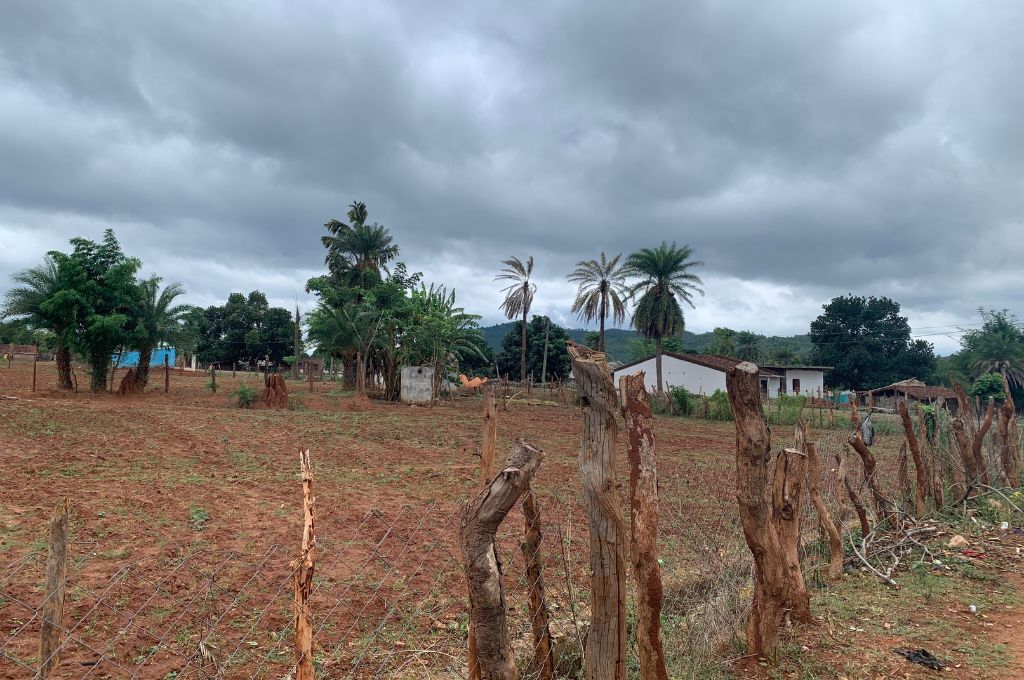
Padmathopa village, part of Lanjigarh tehsil in Odisha’s Kalahandi district, has a centuries-old practice of free grazing its cattle. The village consists of a small community of approximately 500 people. Most of them are seasonal and marginal farmers who own less than two acres of land and harvest cotton, pigeon pea, maize, millets, paddy, and black gram in the kharif season (June to October).
The practice of free grazing cattle, however, only takes place during the rabi season (October to December), and the community observes this like a duty. Terracotta figures of cattle appear in many temples around the district, signifying a deep devotion to animals. Previously, when the district lacked irrigation, agriculture was solely dependent on rainfall. This meant that only one crop was planted each year. After the kharif harvest in October, the land would be left to the cattle and the farmers would migrate to urban areas in search of job opportunities as they were unable to farm during the rabi season.
But in recent years, the Indravati Hydro Electric Project and subsidised irrigation schemes have enabled a transition from rainfed to irrigated agriculture in the region. Small farmers have access to water throughout the year—and not just in the monsoons—from streams, borewells, and canals. And unlike earlier, they now farm during the rabi season as well. But these developments have unfortunately brought culture into conflict with economic opportunity. While elders and community leaders remain duty-bound to the tradition of free grazing cattle, some small farmers resent the practice.
Those who farm during the rabi season are now forced to erect fences around their land to protect their crops from incursive cattle. Typically, these fences are made from a combination of tree branches, logs, and twigs, and reinforced by a cross mesh of steel wire. Depending on the materials used, fencing an acre can cost anywhere between INR 15,000 and INR 30,000. “I had to take an informal loan to erect a fence around my land. The interest rates are very high,” said a 31-year-old farmer from Padmathopa. “My wife and I are hoping that the harvest is good enough to pay off the loan. If we do not pay it off by March, we could go deeper into debt,” said another farmer.
In Jagannathapur, approximately 25 kilometres from Lanjigarh, a cotton grower has chosen seasonal migrant work over battling tradition. “I am going to look for work in Lanjigarh town or Visakhapatnam later in the year,” says the farmer. “My parents do not approve of fencing our 2-acre plot as that would mean defying tradition and offending the cattle. As a result, I cannot sow a rabi crop after I harvest the cotton. Even if they did agree to the fencing, we would have to borrow money to put up the fence. I think it is best to go to the city rather than disappoint my parents or fall into debt.” His dilemma is shared by many young farmers in the district who are forced to forfeit farming opportunities in favour of tradition.
Anand Datla is a researcher in the Department of Geography at Texas A&M University.
—
Know more: Read more about how the tradition of free grazing cattle affects Jharkhand.
Do more: Connect with the author at adatla@tamu.edu to learn more about and support his work.